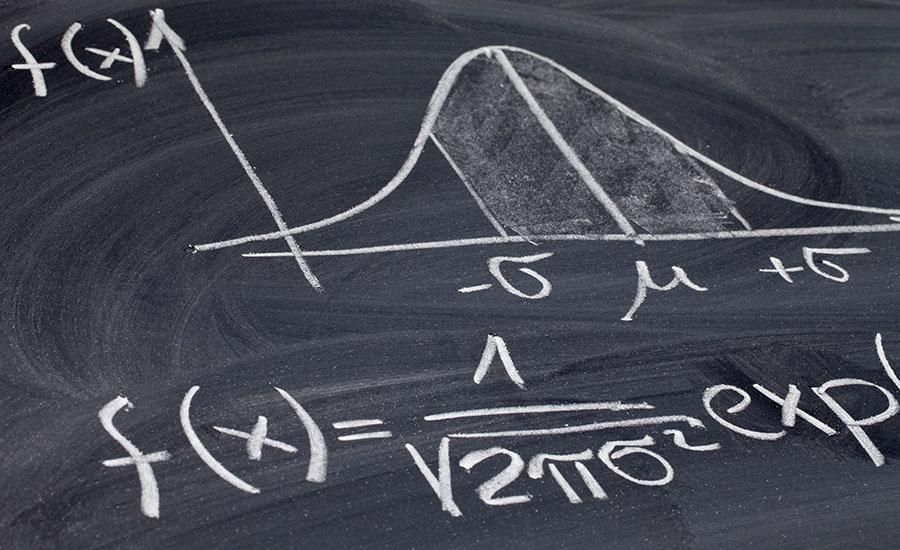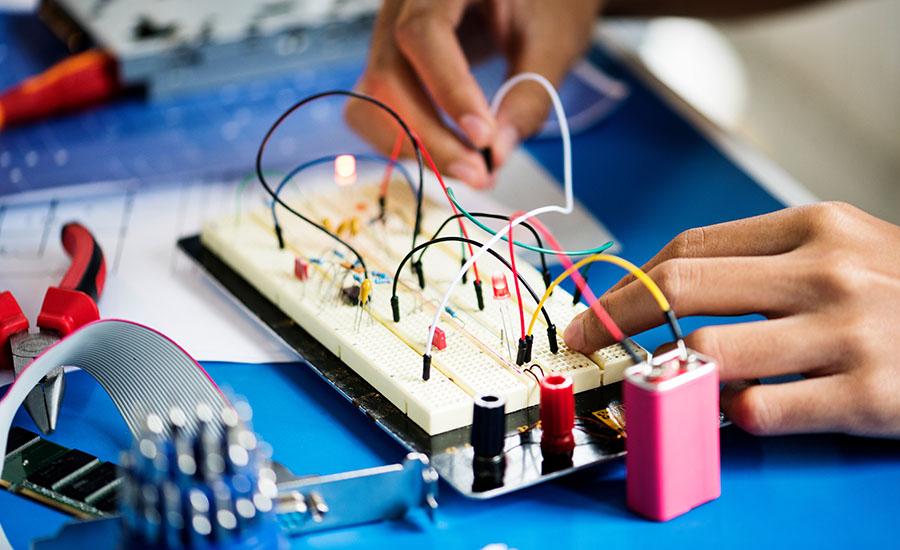
How Powerful are You? A Stair Climb Power Lab
by David Gleeson
Get the athletic shoes ready! Students calculate their own physical power output by walking, and then hustling/running, up a flight of stairs in this engaging lesson. The change in potential energy (changing height) is the work they do (fighting gravity) divided by the time it takes is their power output.
Lesson Plan Link/URL
https://docs.google.com/presentation/d/1Lp3kjwy1WSnA-6tinGfZI-Wpf-4HAzoaXanukrz…Subject Area
Science Physical Science P2: Objects at a Distance P3: Net Force P4: Energy Transfer Mathematics Expressions and Equations (EE) Algebra (A) Reasoning with Functions and Relations (RFR) English Language Arts (ELA) Writing Speaking & Listening
Featured
Off
Related Content

Grades:
9th Grade, 10th Grade, 11th Grade, 12th Grade
This lesson uses a Modeling Instruction approach to developing the graphical and mathematical relationship commonly known as Newton's 2nd Law for students in Grades 9-12. Students design an experiment

Grades:
9th Grade, 10th Grade, 11th Grade, 12th Grade
A high school physics lesson plan that uses guided inquiry to help students explore the changes in potential difference across resistors connected in series & parallel.

Grades:
9th Grade, 10th Grade, 11th Grade, 12th Grade
This set of lessons allows students to understand circuitry through different lenses and apply this to simple circuits and electrical calculations.